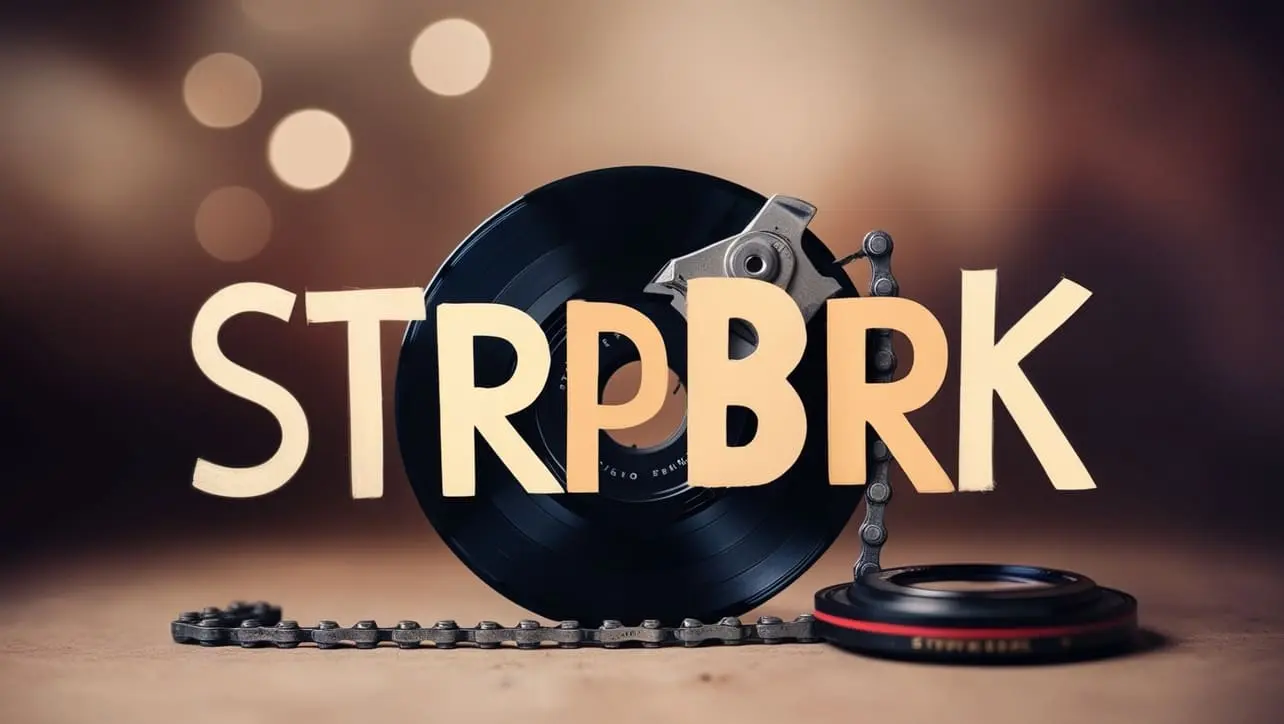
C++ Star Pattern 4

Photo Credit to CodeToFun
C++ Star Pattern 4
Here`s a program that prints the above star pattern using C++ Programming:
#include <iostream>
using namespace std;
int main() {
int i, j, k;
for (i = 1; i <= 5; i++) {
for (j = 1; j < i; j++)
cout << " ";
for (k = 5; k >= i; k--)
cout << "*";
cout << "\n";
}
return 0;
}💻 Testing the Program
When you run the above program, it will print the following output:
*****
****
***
**
*
🧠 How the Program Works
Let's break down the logic behind the code:
- The program starts with including the necessary header file iostream, which provides input/output stream functionality.
- The line using namespace std; is used to avoid typing std:: before standard library functions and objects.
- The main() function is the entry point of the program, where the execution begins.
- Inside the main() function, three integer variables i, j, and k are declared to be used in the subsequent loops.
- The outer loop for(i=1; i<=5; i++) runs from i = 1 to i = 5, and it controls the number of rows in the pattern.
- Inside the outer loop, there are two nested loops.
- The first nested loop for(j=1; j<i; j++) is responsible for printing spaces before the asterisks. It runs from j = 1 to j = i-1, and the number of spaces printed on each row increases as i increases.
- The second nested loop for(k=5; k>=i; k--) is responsible for printing the asterisks. It runs from k = 5 to k = i, and the number of asterisks printed on each row decreases as i increases.
- After printing the necessary spaces and asterisks, the line cout << "\n"; is used to move the output to the next line.
- The outer loop repeats the above steps until i reaches the condition i <= 5.
- Finally, the return 0; statement ends the main() function and returns a value of 0, indicating successful program execution.
💯 Tips for Enhancement:
Explore the versatility of this pattern by adjusting its parameters. Whether you increase or decrease the size, tweak the spacing, or modify the characters used, each change opens up a world of possibilities, allowing you to customize and create your unique visual effects.
✔ Conclusion:
Creating visually appealing patterns is not only a fun endeavour but also a great way to enhance your programming or design skills. We hope this tutorial has inspired you to explore the world of creative coding. Share your creations with us, and let your imagination run wild!
🤗 Closing Call-to-Action:
We'd love to see your unique interpretations of the star pattern. Share your creations in the comments below, and don't hesitate to reach out if you have any questions or suggestions for future tutorials. Happy coding!
👨💻 Join our Community:
Author

For over eight years, I worked as a full-stack web developer. Now, I have chosen my profession as a full-time blogger at codetofun.com.
Buy me a coffee to make codetofun.com free for everyone.
Buy me a Coffee












If you have any doubts regarding this article (C++ Star Pattern 4) please comment here. I will help you immediately.